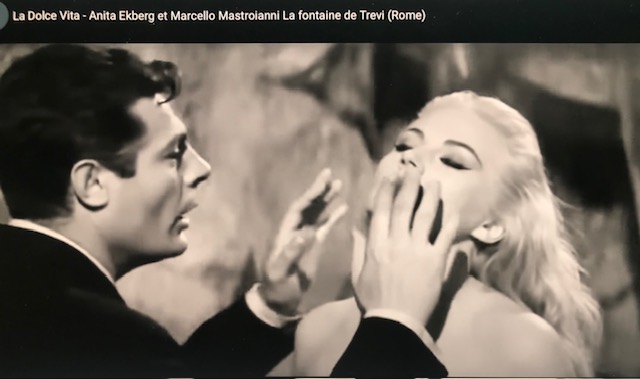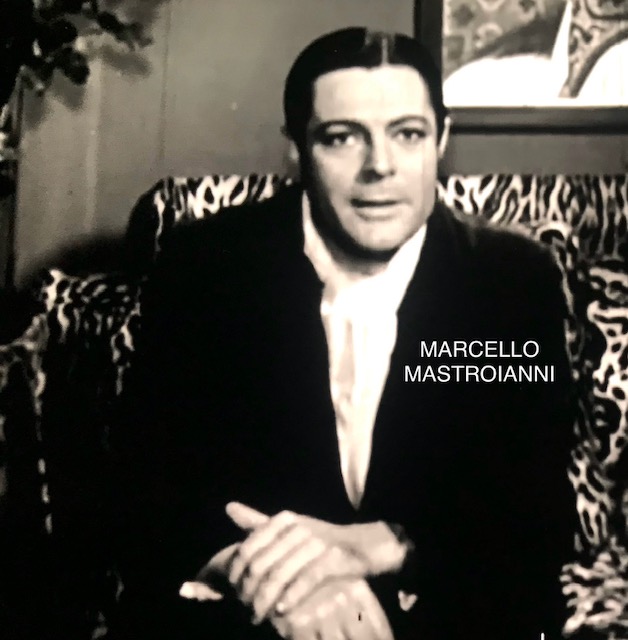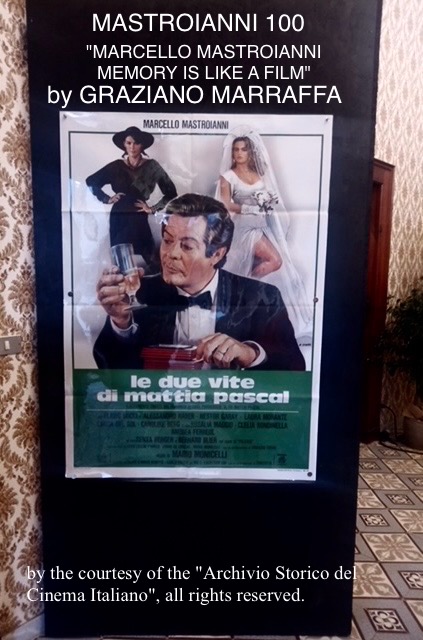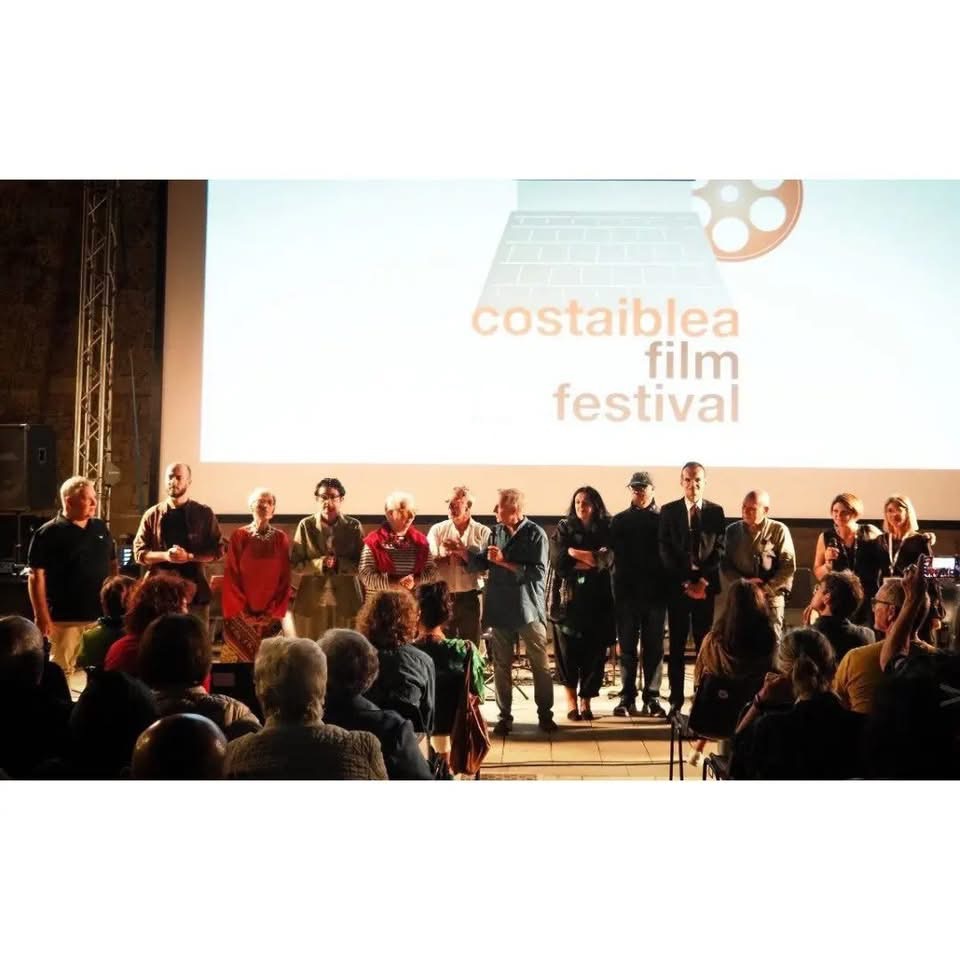B-SIDE
“Isn’t that your sister?” Harry said to Ben as they left school on a warm May afternoon.
“What,” Ben said. “Where?”
“Over there,” Harry said, pointing toward a green VW Bug. Emma was sitting behind the wheel, waving at the boys. “Did you know she was coming?”
“Why is she here?” Ben said, as they wove their way through clusters of junior high students released for the day.
“Hey guys,” Emma said as they approached.
“What are you doing here?” Ben asked.
“Are you hungry?” Emma said.
“I could eat,” Harry said.
Emma laughed. “I’m sure you could. But if it’s okay with you, I need some time with my little bro.”
“That’s cool,” Harry said. “I have a lot of homework.”
Emma pushed open the passenger door. “Get in. I’m starving. Let’s go to the Empress.” She reached into the glove compartment and removed a cassette, which she handed to Ben. “That’s for you. I made it last night.”
Ben read the names of the songs. “Fire and Rain, Gimme Shelter, Bird on the Wire, Universal Soldier. Cool. Can’t wait to listen.’
“You’re going to love Bird on the Wire.”
“What are you doing here?” Ben asked.
“I wanted to see you.” Emma turned up 68th Street toward Queens Boulevard. “There’s a B side too.”
“Aren’t you in school?” Ben asked.
“I have a break before finals.”
“Do mom and dad know you’re coming?”
“I’m not coming home. I just came to see you.”
“Cool. Should I be worried?”
“You worry too much.”
“Maybe. But it’s a five-hour drive. Each way.”
Inside the Empress, they settled into a booth, and Emma ordered a grilled cheese and a slice of blueberry pie. Ben ordered the same.
“You don’t seem happy to see me,” Emma said.
“I am happy to see you.” Ben took a sip of soda. “I just wasn’t expecting you.”
“It’s a surprise. That’s how surprises work.”
“Is that the only reason?” Ben asked
“How’s school?”
Ben shrugged. “Fine.”
“Junior high is the worst. High school sucks too. But you will love college.”
“Do you?”
“I do. The people I’ve met, the friends I’ve made are all interesting and full of ideas and goals. I like my classes. I just don’t know what I’m doing there. But you’ll know what you want to do. You love math. That’ll make a difference.”
“Everyone says that to me. I’m good at math, and it comes easy. But what if I want to do something else?”
“Then you’ll do something else.”
The waitress topped off Emma’s coffee. Ben watched as Emma poured and stirred the cream. He liked the sound of the spoon against the porcelain. He noticed that Emma’s pink nails were jagged and uneven. She put down her spoon and brought the cup to her lips.
“I’m not quitting,” she finally said. “Quitting is a bad habit that’s hard to break. That’s not what’s going on.”
“What is going on?” Ben said.
“If something is not good for you, then you need to leave it behind and find something else. I don’t have any clue what I’m doing, or what I want to do. And I’m lucky. I don’t have to worry about the draft if I quit.”
“Sounds like you’re quitting.”
“I’ll finish the semester and then figure it out. I need to find a purpose for being there. For my life. And I haven’t found it.”
“Yet,” Ben said.
“Yet,” Emma said. “Let’s go to the pond.”
Emma drove through the neighborhood to Flushing Meadow where they found a bench.
“Remember when dad took us here so he could teach you how to ride a two-wheeler?”
“Not really,” Ben said.
“You were only three,” Emma said. “It came so easy to you.”
“That means you were nine. That’s why you remember. I do remember the time you talked me into riding our bikes to Central Park. Down Queens Boulevard. Across the 59th St. Bridge. It was awesome.”
“That was such a fun day,” Emma said.
They sat together in the park, looking out toward the pond. A breeze sent ripples across the water. Ben took the tape out of his pocket.
“The B-side is just as good,” he said, looking up. “I can’t believe you made a mix tape without a Dylan song. Might be a first.”
“I think you’re right. I wanted to add one from his new album, Nashville Skyline, but I need to listen to it more. Have you heard it?”
“They play a few cuts on the radio. I like the one with Johnny Cash.”
Emma leaned back, staring at the sky and said. “I’ll go back for now.”
“What?”
“I’ll ace my finals,” Emma said. “Maybe I’ll go to law school and work pro bono for draft evaders and death row inmates.”
Ben looked at her. “Would that make you happy?”
“Happiness is fleeting. Purpose isn’t,” Emma said. “Maybe I’ll go live in Paris and be a writer like Baldwin.”
“Is he a friend of yours?”
“I wish,” she said. “He’s a great writer. You should read him. I’ll get you one of his books. Did you finish, On The Road?”
“Twice. I love it.”
“I’ll bring you The Fire Next Time, when I come back.”
“How would I see you, if you go to Paris?” Ben said.
“You should come back to school with me. Yes. That’s what you should do. We’d have so much fun.”
“You do realize I have school,” Ben said. “And we’d have to tell mom and dad. And don’t you have finals to study for?”
“I know. I know. I just thought it would be fun.”
“It would be fun,” Ben said.
Emma sighed and stretched her arms above her head. “I should take you home.”
As they walked back to the car, Emma jingled her keys. Ben watched her, memorizing the way she moved, the way her shoulders didn’t sway, as if she was holding onto something heavy, and didn’t want to let go.
Elan Barnehama has published two novels: Escape Route and Finding Bluefield. His flash fiction collection is forthcoming in January 2026 from Poets Wear Prada. His writing has appeared in numerous publications, including ParisLitUp, Synchronized Chaos, 10×10 Flash Fiction, Boog City, Jewish Fiction, Drunk Monkeys, Rough Cut Press, Boston Accent, Red Fez, Syncopation Lit, HuffPost, public radio, and more. Elan served as the flash fiction editor at ForthMagazineLA, a radio news reporter, and was a mediocre short-order cook.









